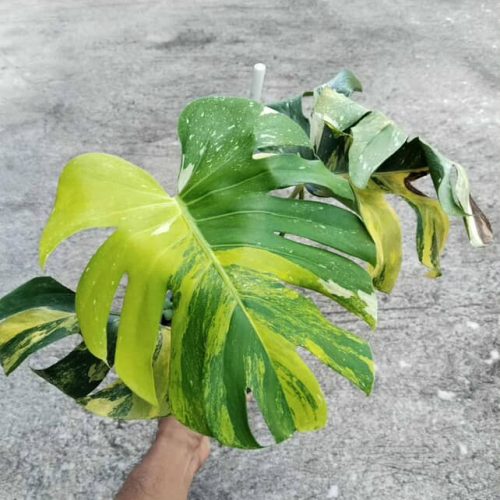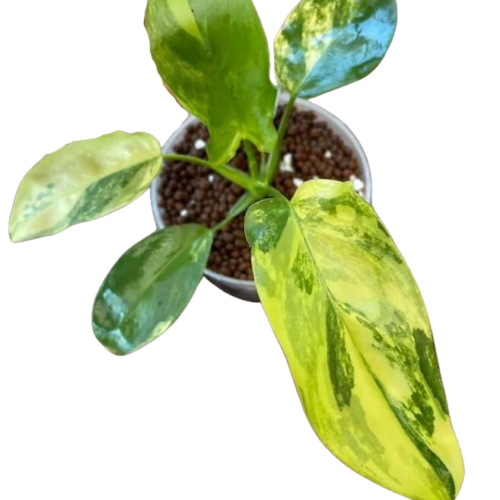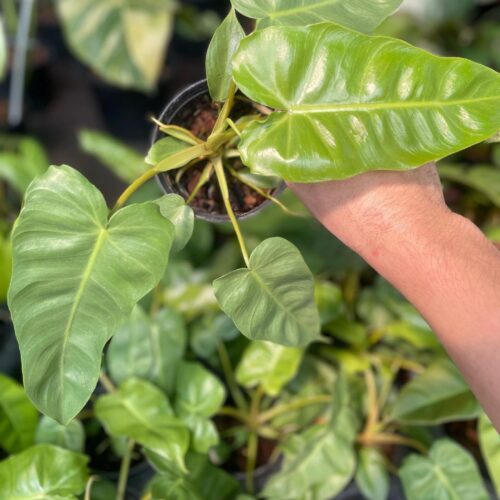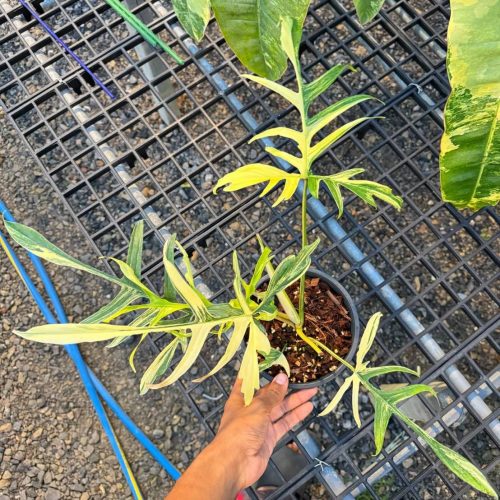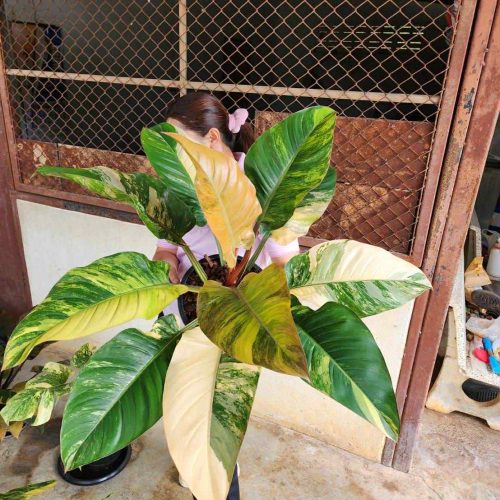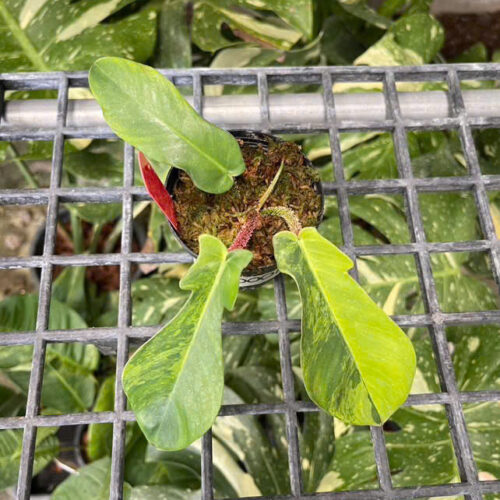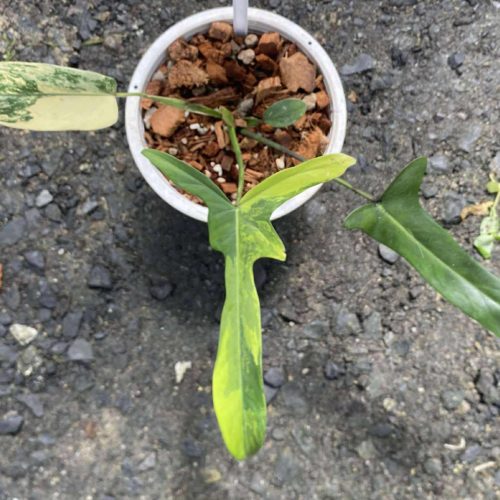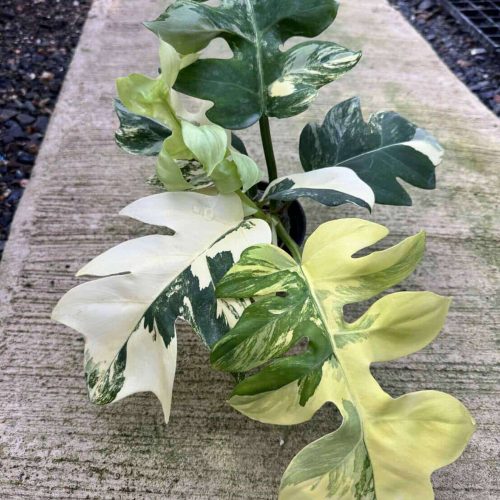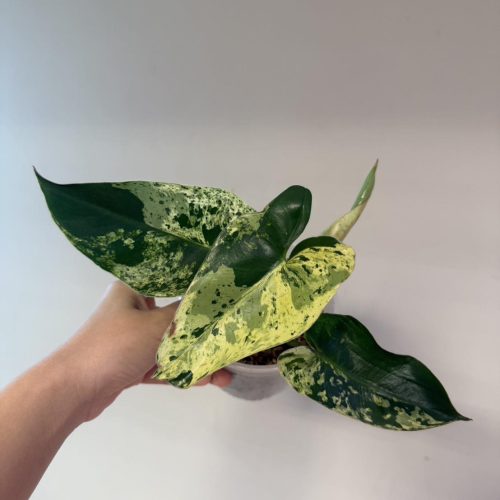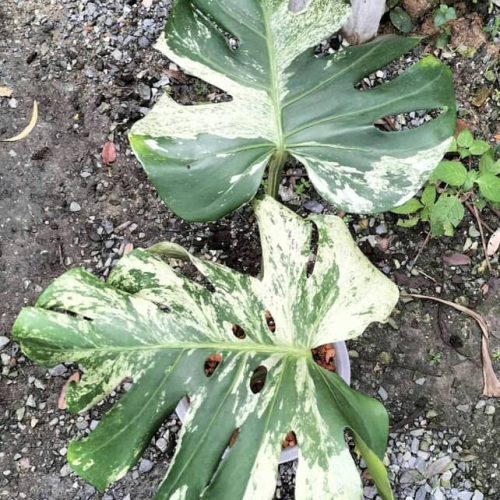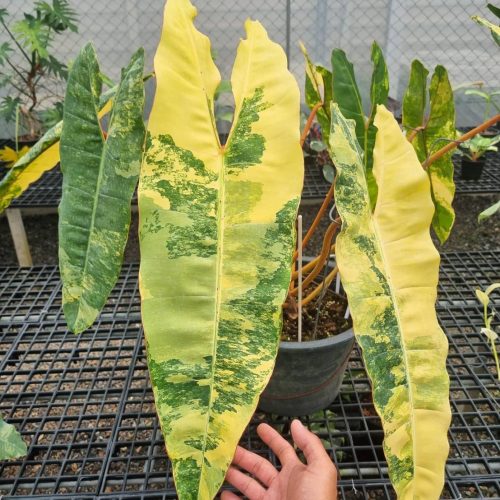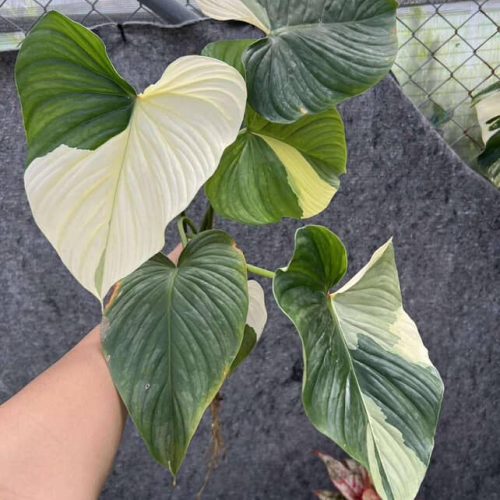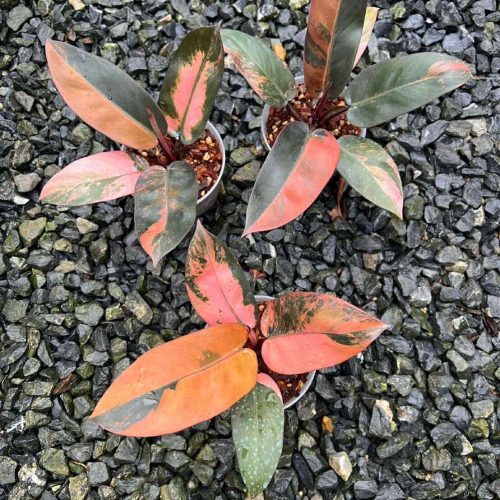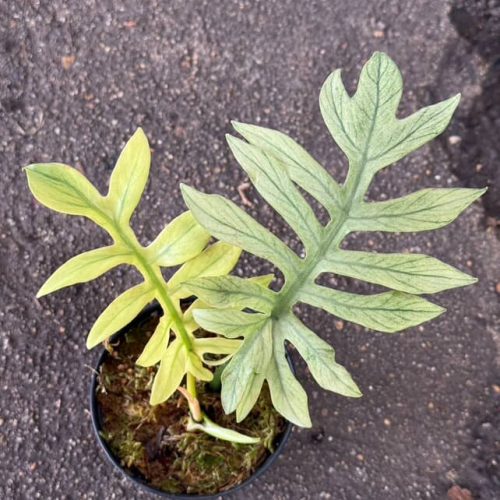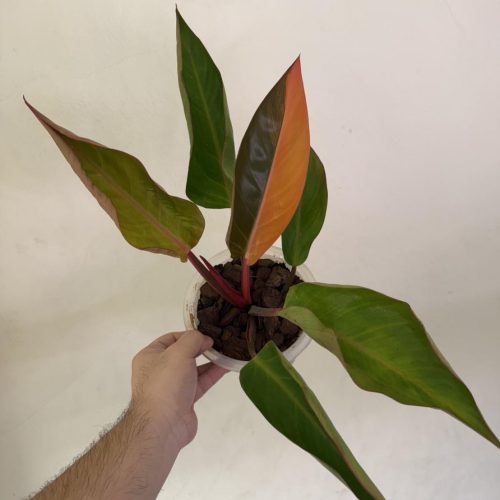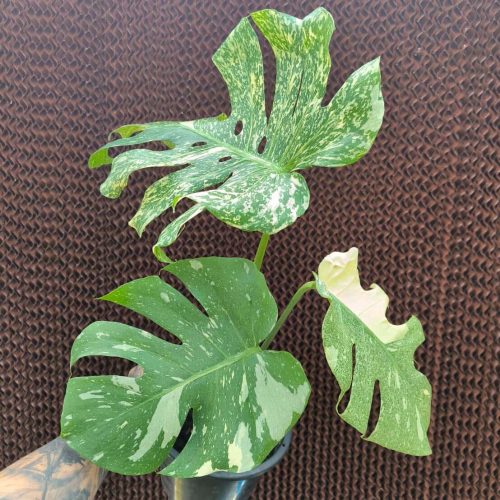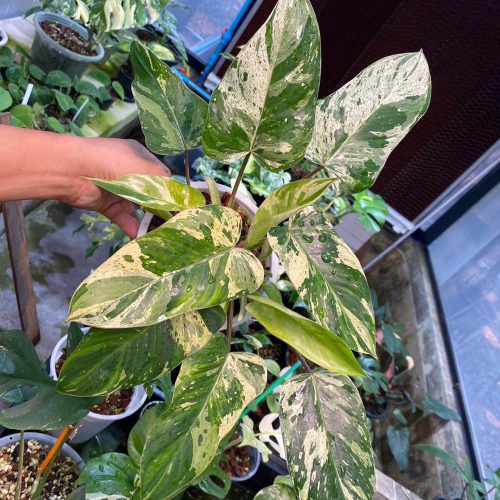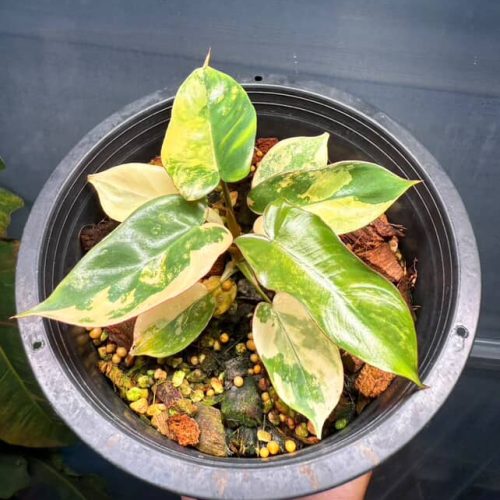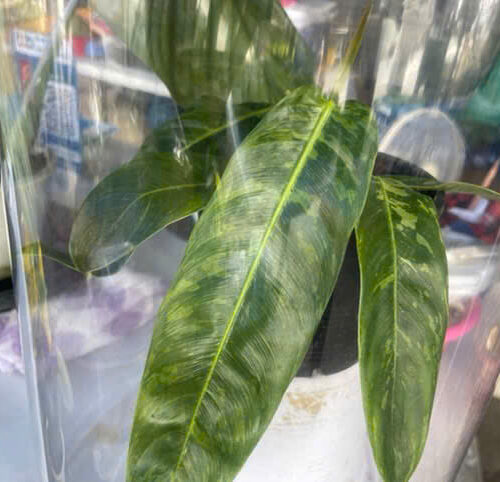The Philodendron Cherry Red is a stunning tropical plant that has captured the hearts of indoor gardeners. Known for its vibrant red new leaves and easy-care nature, this plant can add a touch of color to any indoor garden. This comprehensive guide will provide you with all the information you need to grow and care for the Philodendron Cherry Red successfully.
Introduction
The Philodendron Cherry Red is a member of the aroid plant family, which includes popular varieties like Monstera, Anthurium, and Aglaonema. Native to the tropical regions of Central and South America, this plant is prized for its striking red leaves that emerge and gradually turn green as they mature. Similar to Epipremnum and Syngonium, the Philodendron Cherry Red is not only beautiful but also relatively easy to care for.
What is Philodendron Cherry Red?
Philodendron Cherry Red is a hybrid cultivar of the Philodendron genus. This group of plants is native to the tropical rainforests of South America, where they grow as epiphytes (plants that grow on other plants) or as climbers. To learn more about its origins and the wide variety of Philodendrons, check out our detailed discussion
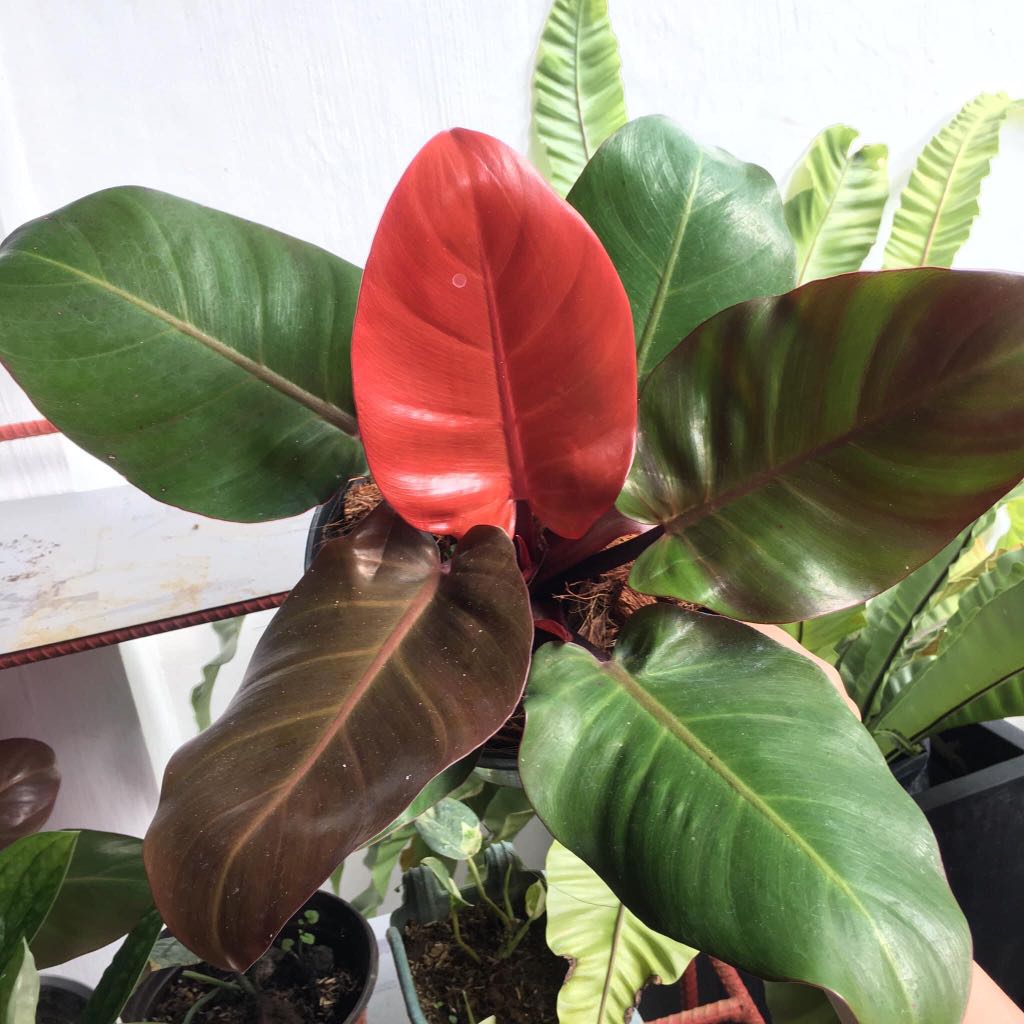
Why is Philodendron Cherry Red so Popular?
Philodendron Cherry Red has become increasingly popular in recent years due to its unique and eye-catching coloration. Its deep red leaves contrast beautifully against green foliage, making it a great addition to any room or garden. Additionally, Philodendron Cherry Red is easy to care for and is low maintenance, making it the perfect choice for those who want a beautiful, low-stress plant in their home.
How to Grow Philodendron Cherry Red
Philodendron Cherry Red is easy to grow, and will thrive in most homes or offices. Here are some tips on how to grow and care for your Philodendron Cherry Red:
-
Light
Philodendron Cherry Red prefers bright, indirect light. Avoid placing it in direct sunlight, as this can cause the leaves to scorch. If your plant is not receiving enough light, its leaves will become lighter in color, so be sure to place it in a well-lit area. For more in-depth care instructions and tips, you might find our comprehensive guide to Philodendron care
-
Watering
Philodendron Cherry Red should be watered once a week, or when the top inch of soil is dry. Be sure to water your plant thoroughly, and allow the excess water to drain away. Overwatering can cause root rot, so it is important to let the soil dry out before watering again.
-
Humidity
Philodendron Cherry Red prefers a humid environment, so be sure to mist it regularly, or place a humidifier nearby. If your home or office is particularly dry, you may also want to consider placing a pebble tray filled with water near your plant to help increase humidity levels.
-
Fertilizing
Philodendron Cherry Red should be fertilized every two weeks during the growing season (spring and summer), and once a month during the dormant season (fall and winter). Use a balanced, water-soluble fertilizer, and dilute it to half the recommended strength.
Philodendron species are the most sought after by aroid plant lovers
Common Problems with Philodendron Cherry Red
While Philodendron Cherry Red is a low-maintenance plant, there are a few common problems that you may encounter. Here are some tips on how to troubleshoot them:
-
Yellow Leaves
If the leaves of your Philodendron Cherry Red are turning yellow, it is likely due to over-watering or a lack of nutrients. Reduce watering, and fertilize your plant to help correct the problem. To understand how to tackle this and other common problems, refer to our FAQs and troubleshooting guide
-
Brown Tips
Brown tips on the leaves of your Philodendron Cherry Red may be due to dry air or a lack of humidity. Increase humidity levels by misting your plant regularly, or by placing a humidifier nearby.
-
Stunted Growth
If your Philodendron Cherry Red is not growing as quickly as you would like, it may be due to a lack of light or nutrients. Ensure that your plant is receiving enough light and fertilize it regularly to help promote healthy growth.

“Discover the vibrant beauty of Philodendron Cherry Red! Click here to bring this stunning plant into your home today.”
Conclusion
Philodendron Cherry Red is a stunning and low-maintenance plant that can add a pop of color to any room. With proper care and attention, your Philodendron Cherry Red can thrive and grow for years to come. By providing bright, indirect light, regular watering, high humidity levels, and regular fertilization, you can ensure that your plant stays healthy and vibrant. Whether you’re a seasoned gardener or just starting out, Philodendron Cherry Red is the perfect choice for any home or office.
FAQs
- Can Philodendron Cherry Red grow in low light conditions? Philodendron Cherry Red prefers bright, indirect light, but it can tolerate low light conditions. However, if your plant is placed in a low light area, it may become leggy and have fewer leaves.
- How often should I water my Philodendron Cherry Red? You should water your Philodendron Cherry Red once a week, or when the top inch of soil is dry. Be sure to water thoroughly, but avoid overwatering, which can lead to root rot.
- Is Philodendron Cherry Red toxic to pets? Yes, Philodendron Cherry Red is toxic to pets and can cause irritation or even serious health problems if ingested. Keep your plant out of reach of pets and children, and consider placing it in a high location, such as a bookshelf or windowsill.
- How can I increase humidity levels for my Philodendron Cherry Red? You can increase humidity levels for your Philodendron Cherry Red by misting it regularly, using a humidifier, or placing a pebble tray filled with water near the plant.
- What should I do if my Philodendron Cherry Red’s leaves are turning yellow? If the leaves of your Philodendron Cherry Red are turning yellow, it is likely due to over-watering or a lack of nutrients. Reduce watering and fertilize your plant to help correct the problem.

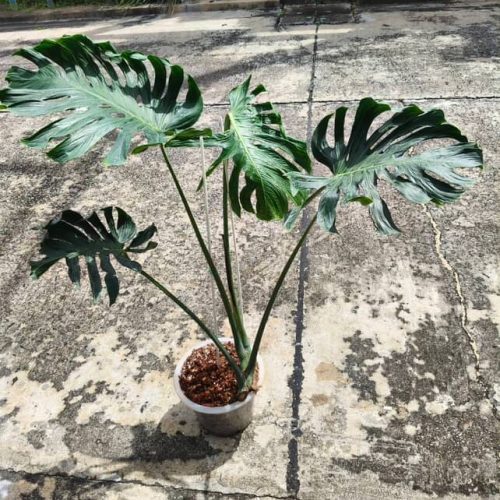
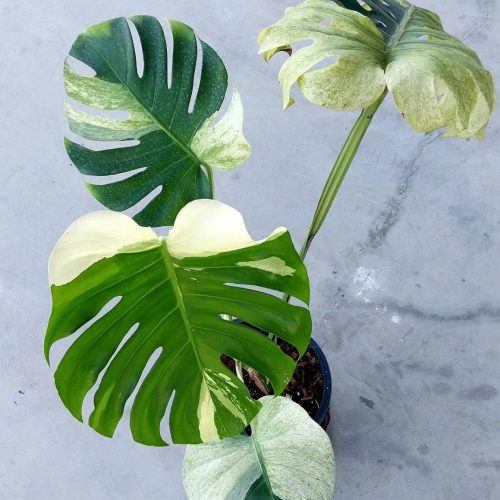



![12x Monstera Borsigiana Albo half leaves variegata [3-4 leaves]](https://greenboog.com/wp-content/uploads/2024/10/Monstera-Borsigiana-Albo-half-leaves-variegata-1-500x500.jpg)
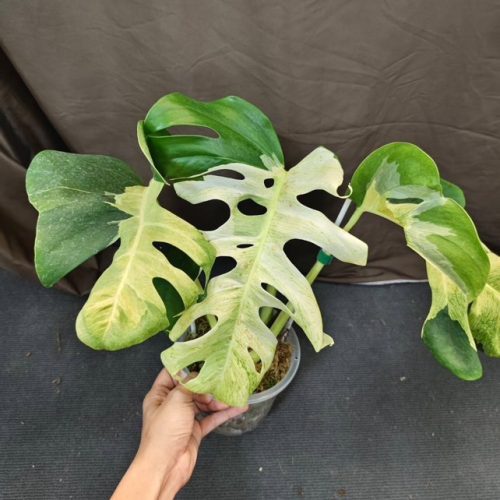

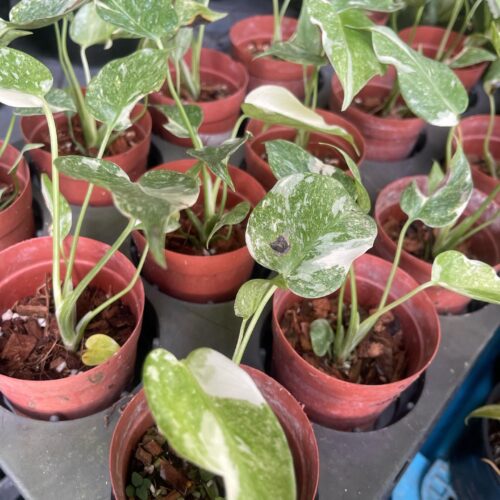
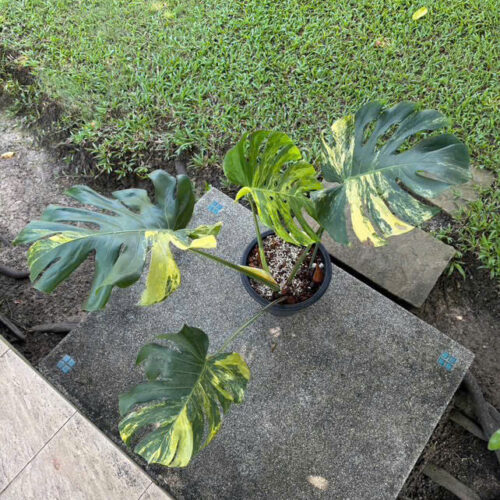
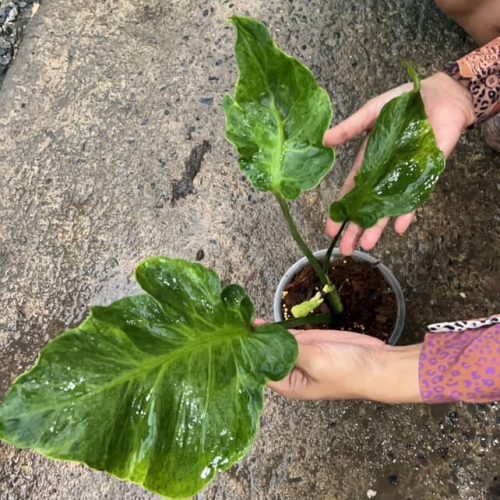
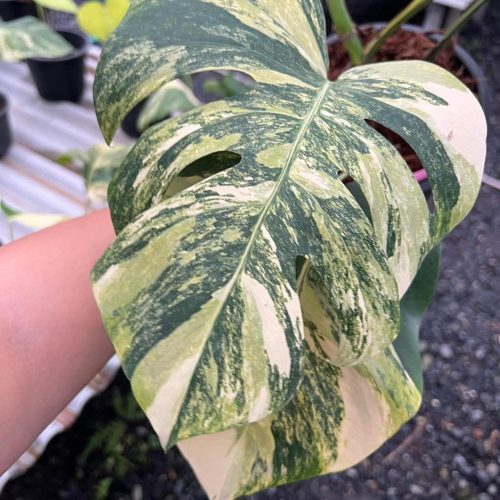

![10 Pots x Monstera Aurea Variegated / Mix Aurea tri color 3-4 leaves [well variegated]](https://greenboog.com/wp-content/uploads/2024/08/Monstera-Aurea-Tri-color-500x500.jpg)
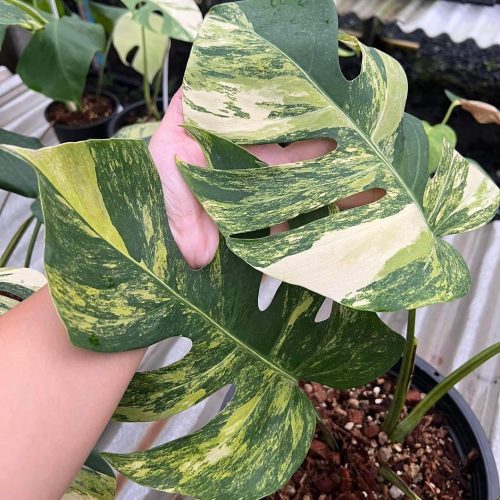
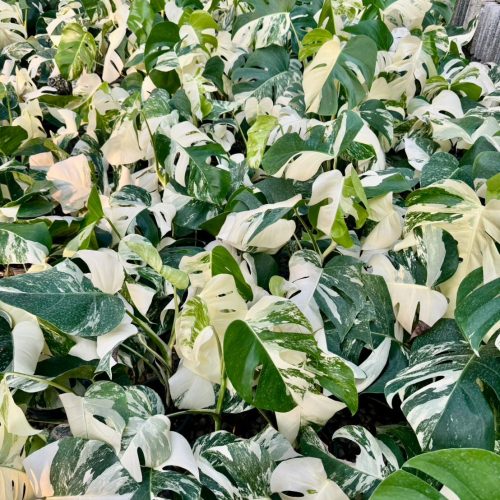
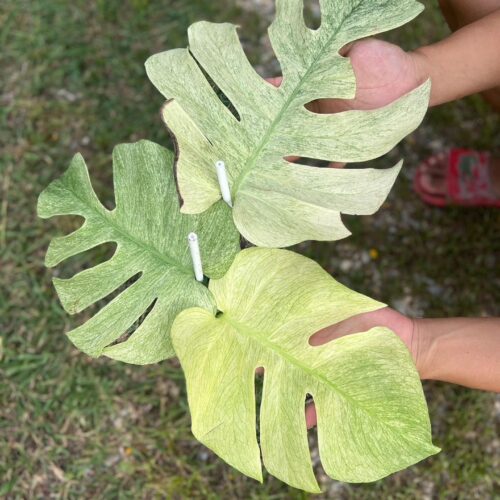
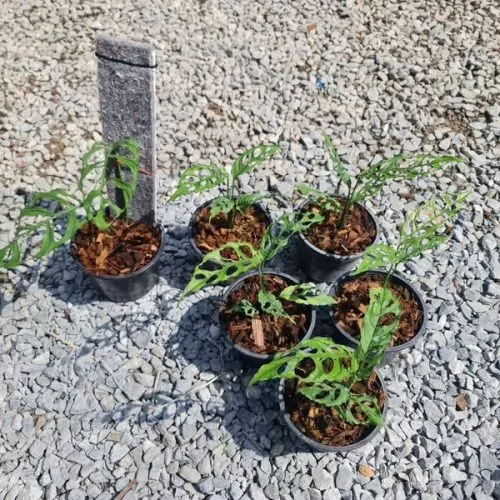
![[SALE] 10 Pots x Monstera Aurea Variegated 3-6 leaves [Medium size]](https://greenboog.com/wp-content/uploads/2025/01/Monstera-Aurea-variegated-4-6-leafs-500x482.jpg)

